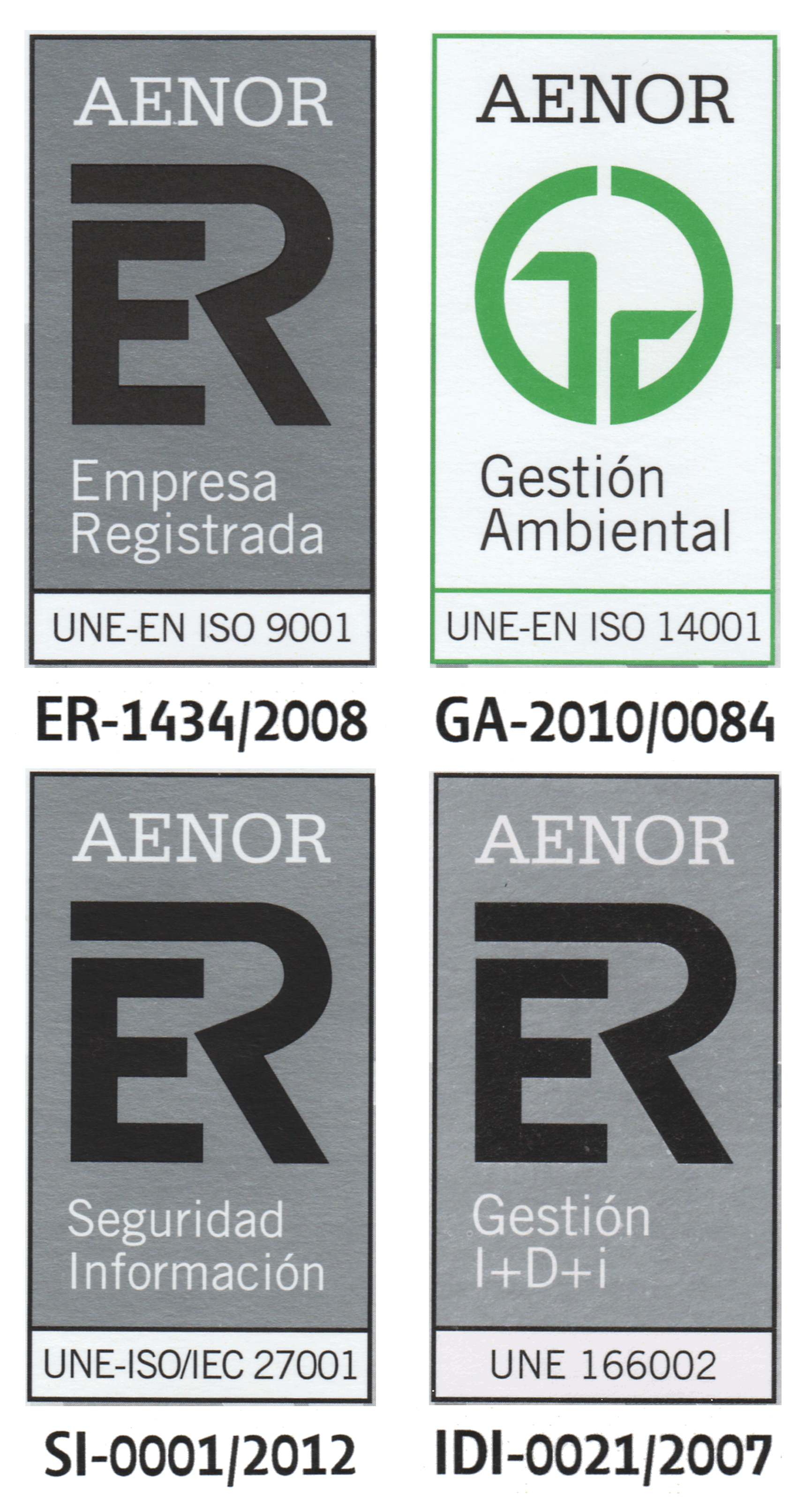A computational study of liposome logic: towards cellular computing from the bottom up
| Title | A computational study of liposome logic: towards cellular computing from the bottom up |
| Publication Type | Journal Papers |
| Year of Publication | 2011 |
| Authors | Smaldon, J., Romero-Campero F. J., Fernández-Trillo F., Gheorghe M., Alexander C., & Krasnogor N. |
| Journal Title | Systems and Synthetic Biology |
| Publisher | Springer |
| Place Published | Berlin, Germany |
| Volume | 4 |
| Pages | 157-179 |
| Date Published | 09/2010 |
| Abstract | n this paper we propose a new bottom-up approach to cellular computing, in which computational chemical processes are encapsulated within liposomes. This "liposome logic" approach (also called vesicle computing) makes use of supra-molecular chemistry constructs, e.g. protocells, chells, etc. as minimal cellular platforms to which logical functionality can be added. Modeling and simulations feature prominently in "top-down" synthetic biology, particularly in the specification, design and implementation of logic circuits through bacterial genome reengineering. The second contribution in this paper is the demonstration of a novel set of tools for the specification, modelling and analysis of "bottom-up" liposome logic. In particular, simulation and modelling techniques are used to analyse some example liposome logic designs, ranging from relatively simple NOT gates and NAND gates to SR-Latches, D Flip-Flops all the way to 3 bit ripple counters. The approach we propose consists of specifying, by means of P systems, gene regulatory network-like systems operating inside proto-membranes. This P systems specification can be automatically translated and executed through a multiscaled pipeline composed of dissipative particle dynamics (DPD) simulator and Gillespie's stochastic simulation algorithm (SSA). Finally, model selection and analysis can be performed through a model checking phase. This is the first paper we are aware of that brings to bear formal specifications, DPD, SSA and model checking to the problem of modeling target computational functionality in protocells. Potential chemical routes for the laboratory implementation of these simulations are also discussed thus for the first time suggesting a potentially realistic physiochemical implementation for membrane computing from the bottom-up. |
| URL | http://www.ncbi.nlm.nih.gov/pubmed/21886681 |
| Issue | 3 |
| ISSN Number | 1872-5325 |



